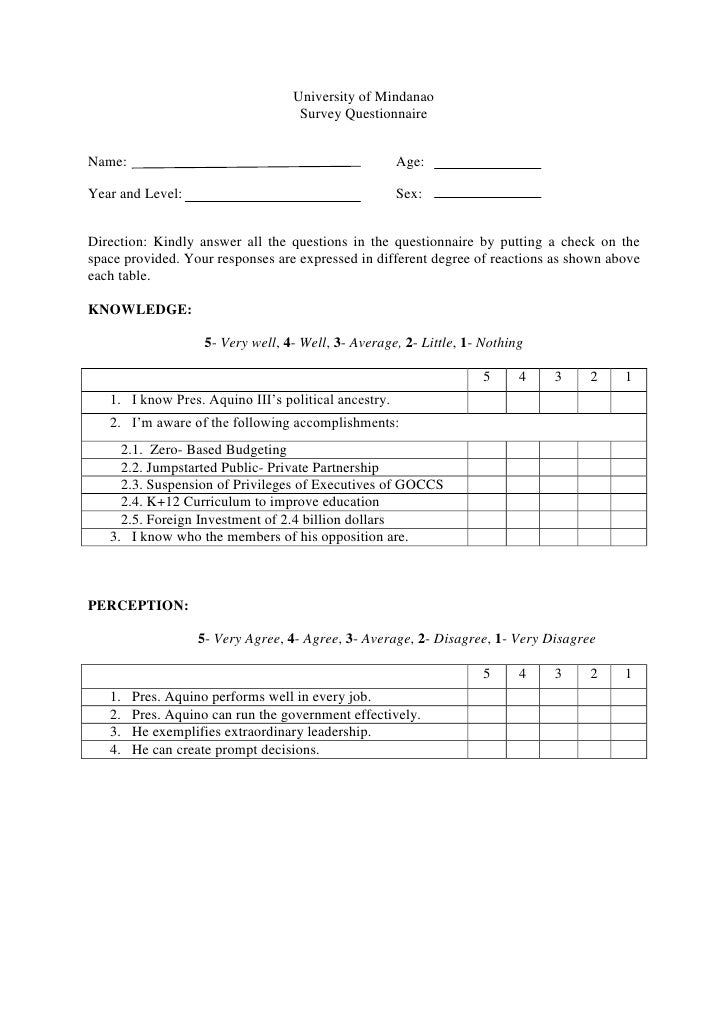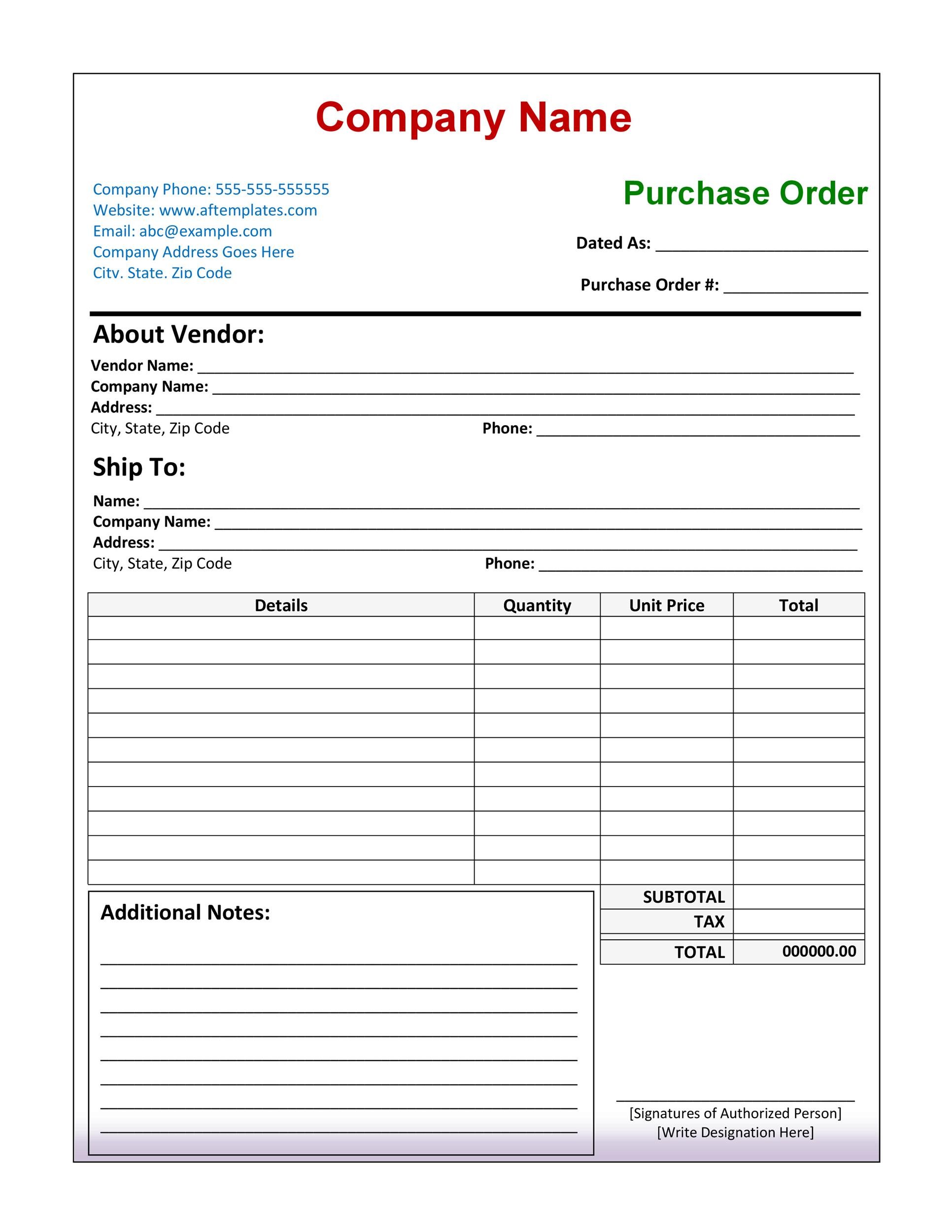How to write your own USB host device driver in Linux?
Writing Linux USB device drivers is not a difficult task as the usb-skeleton driver shows. This driver, combined with the other current USB drivers, should provide enough examples to help a beginning author create a working driver in a minimal amount of time. The linux-usb-devel mailing list archives also contain a lot of helpful information.
In this article, I frame the creation of a USB device driver for the Linux kernel. At first I reverse-engineer the unknown USB protocol by intercepting all USB traffic to and from the device with the Windows driver. Having captured the complete communication primitives, I explain how to build a USB kernel driver.

If you want to go for Linux device driver development, the freely available O'Reilly book Linux Device Drivers, Third Edition is a must read. In order to find unsupported hardware pieces for which you could write a driver, ask on the Linux mailing lists. Maybe some USB 3.0 device?

In the middle pane, select Kernel Mode Driver, USB (KMDF). Click Next. Enter a project name, choose a save location, and click Create. The following screen shots show the New Project dialog box for the USB Kernel-Mode Driver template.

Mice are conceptually one of the simplest device drivers in the Linux operating system. Not all mice are handled by the kernel; rather, there is a two-layer abstraction. The kernel provides services for mice that cannot be driven directly by the user libraries and applications. That is, mice other than serial mice. On top of this library and application, programs (selection or gpm) provide a.

Format Linux USB Drive to recover full disk space in Windows 10 November 15, 2017 How to, Linux, USB 5 Comments This is quite a common problem when you have a USB Disk that was used to burn a Bootable Linux distro is dd mode.

To mount USB flash drive on any Linux system you will first need to know the disk partition name for the USB drive. Finding the partition name is an easy task. Follow the steps below to find the partition name and mounting it on a directory of your choice.

Find that out for yourselves, in the lab session, and update me with your findings. Also note that our first driver is a template for any driver you would write in Linux. Writing a specialised driver is just a matter of what gets filled into its constructor and destructor.

How to Write Windows Drivers.. And if you’re interested in Linux device driver development, you can find a good beginner-level tutorial here.

Write a Real Linux Driver. In this tutorial, Linux kernel developer and Linux Foundation fellow Greg Kroah-Hartman talks about writing USB kernel drivers, with an on-stage practical demonstration. Watch Webinar. About the Speaker.

Kernel Korner How to Write a Linux USB Device Driver Greg shares his USB driver skeleton and shows how it can be customized for your specific device. by Greg Kroah-Hartman The Linux USB subsystem has grown from supporting only two different types of devices in the 2.2.7 kernel.

Writing device drivers is known as very difficult developing process. In particular, writing low-level code for accessing devices and manipulating their kernel resources is tedious and error-prone.

How To Create a UEFI-Bootable Linux Mint USB Drive. Before starting the main topic, we will discuss a little about what is Linux Mint? Linux Mint is one of the popular Linux distribution since 2011-12 which popularity follows from its ease of installation. The Linux Mint operating system (without additional software or personal data) takes roughly 15GB, so give this partition a decent size.



